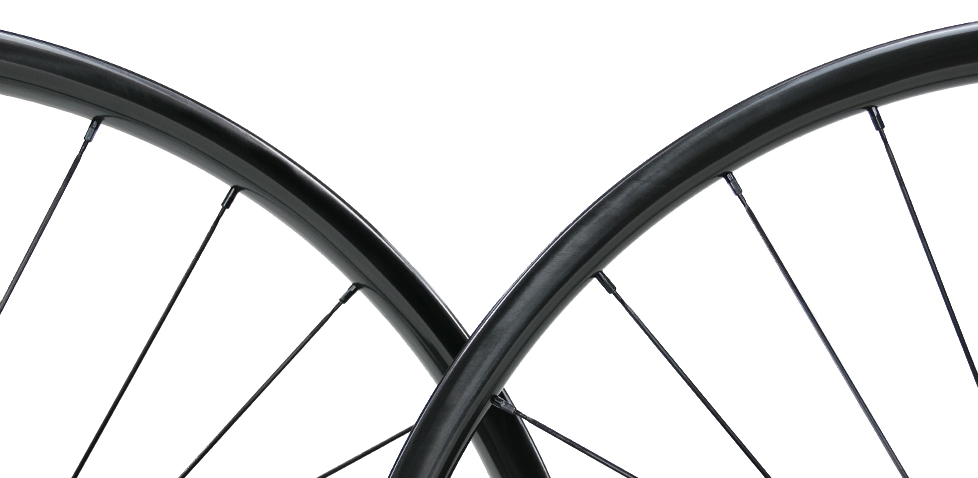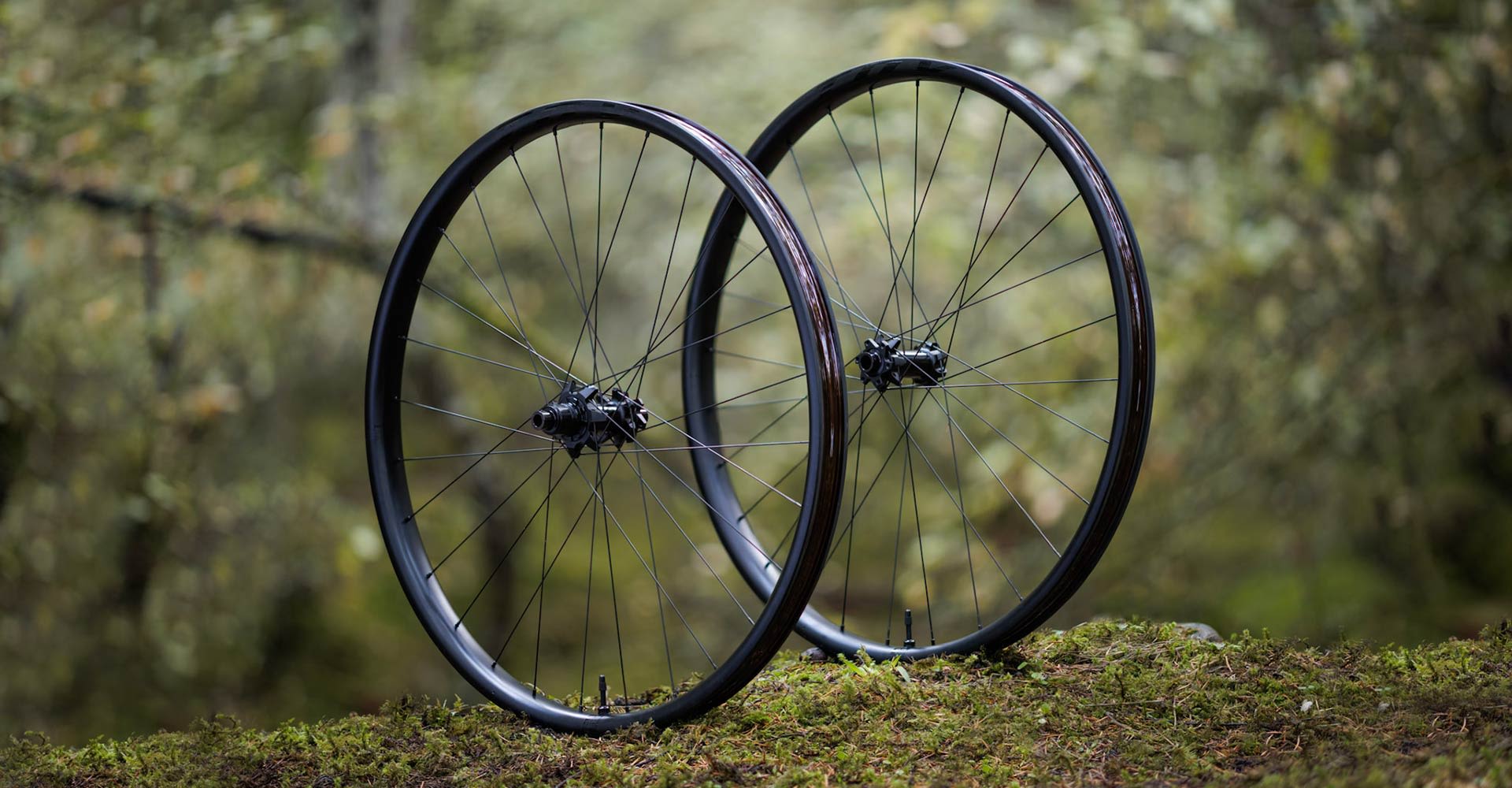Best MTB Wheels for Different Disciplines: XC, Trail, Enduro, and Downhill Wheel Guide

Mountain biking is a sport of precision, power, and control. While many riders focus on tires, suspension, and frame geometry, the wheels you choose play a critical role in how your bike handles terrain, absorbs impacts, and delivers speed. Not all wheels are created equal, and choosing the right set of MTB wheels for your discipline can dramatically improve your ride.
At Chain Reaction Cycles Canada, we carry a wide range of MTB wheels designed for cross-country, trail, enduro, and downhill riders. In this guide, we’ll break down what to look for in wheels for each discipline, how rim width affects performance, and tips for maintaining your wheelset for long-lasting performance.
Why Wheel Choice Matters
Your wheels are more than just a connection between your bike and the trail—they influence every aspect of ride performance:
- Handling: Wheel weight, stiffness, and rim width affect how your bike corners, climbs, and descends.
- Traction: Wider rims and proper tire pairing increase the contact patch for better grip.
- Durability: Stronger wheelsets withstand rough trails, drops, and heavy impacts.
- Efficiency: Lighter wheels reduce rotational weight, making climbing and acceleration easier.
For an in-depth look at how rim width affects tire performance and handling, check out our Mountain Bike Rim Width Guide: How Internal Width Affects Tire Performance and Handling.
XC (Cross-Country) MTB Wheels

Cross-country riders prioritize speed, efficiency, and climbing performance. XC wheels are typically:
- Lightweight: To reduce rotational mass for quicker acceleration.
- Narrower internal widths: Usually between 19–25 mm to match narrower XC tires.
- Tubeless-ready: Many XC riders run tubeless for lower weight and fewer punctures.
These wheels are perfect for long rides on smoother trails and competitive racing. However, XC wheels are generally less durable on aggressive terrain, so riders seeking more robust handling may prefer trail or enduro setups.
Trail MTB Wheels

Trail riding combines climbs, technical descents, and jumps. Trail wheels are designed to balance weight, strength, and control:
- Internal rim widths: Typically 25–30 mm for better tire support.
- Strength: Reinforced rims and higher spoke counts to handle rough terrain.
- Versatility: Compatible with a wide range of tire sizes for different trail conditions.
Trail wheels excel at absorbing impacts without sacrificing efficiency. They’re ideal for riders who want a wheelset that can handle technical trails, jumps, and moderate downhill sections without the weight penalty of enduro or downhill wheels.
Enduro MTB Wheels
Enduro riding involves fast, technical descents combined with challenging climbs. Enduro wheels are built for durability and stability:
- Wider rims: 30–35 mm internal width for maximum traction and support.
- Robust construction: Designed to withstand aggressive impacts and heavy landings.
- Tubeless-ready: To allow lower tire pressures and improved grip.
Enduro wheels offer a balance between downhill performance and climbing efficiency. They’re perfect for riders tackling steep, rocky trails and aggressive corners, providing confidence and control in demanding conditions.
Downhill (DH) MTB Wheels
Downhill riders face the most extreme conditions, requiring wheels that prioritize strength and stability over weight:
- Extra-wide rims: 35 mm+ internal width for maximum tire support and stability.
- Heavy-duty hubs and spokes: Built to withstand high-impact landings.
- Durable materials: Reinforced alloy or carbon constructions to handle harsh terrain.
Downhill wheels deliver unmatched control and confidence on steep descents, technical drops, and rough terrain. They are heavier, making climbs more challenging, but for DH riders, this trade-off is worth the enhanced durability and safety.
How to Choose the Right MTB Wheels
When selecting MTB wheels, consider these factors:
- Riding Discipline: Match your wheelset to your primary riding style (XC, trail, enduro, DH).
- Rim Width: Wider rims offer better support and traction, especially on technical terrain. For a detailed explanation, read our Mountain Bike Rim Width Guide.
- Material and Weight: Alloy wheels are durable and affordable, while carbon wheels are lightweight and stiff but more expensive.
- Tubeless Compatibility: Tubeless setups allow lower tire pressures and reduce flats, enhancing performance.
- Hub Quality: High-quality hubs improve rolling efficiency and reduce maintenance issues.
Choosing the right combination ensures better performance, improved safety, and longer-lasting wheels.
Maintenance Tips for MTB Wheels
Even the best wheels require care. Regular maintenance ensures optimal performance and reduces the risk of damage. Key areas to focus on include:
- Spoke Tension: Loose or uneven spokes can cause wobbles and reduce wheel durability.
- Hub Servicing: Regular cleaning and lubrication prevent premature wear and improve rolling efficiency.
- Rim Inspections: Check for cracks, dents, or wear that could compromise strength.
For a full guide on troubleshooting common wheel problems, check out Common MTB Wheel Problems: Fixing Wobbles, Spoke Issues, and Hub Maintenance.
Upgrade Your MTB Wheels Today
Investing in the right MTB wheels transforms your ride. Whether you’re aiming for lightweight XC performance, versatile trail capability, aggressive enduro handling, or extreme downhill durability, there’s a wheelset designed for you.
Explore our full range of MTB wheels at Chain Reaction Cycles Canada. With expert advice, high-quality brands, and fast shipping across Canada, upgrading your wheels has never been easier.
Final Thoughts
MTB wheels are more than just a component—they’re the foundation of your ride. Selecting the right wheelset for your discipline, paired with proper rim width and maintenance, ensures better handling, improved traction, and a more enjoyable ride.
From XC to downhill, the perfect wheels enhance every pedal stroke and every descent. Explore our range today to find the MTB wheels that match your riding style, terrain, and performance goals.




